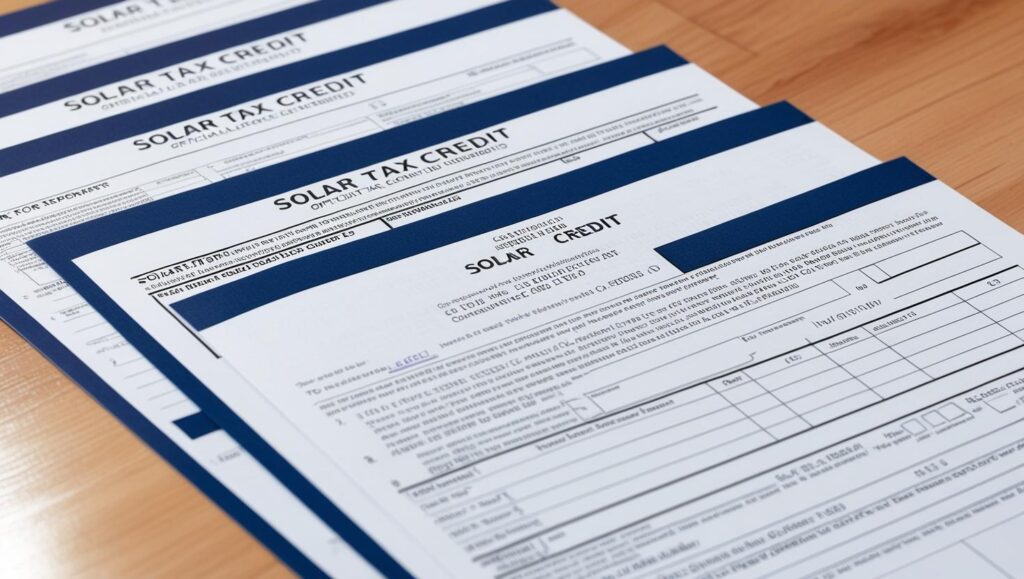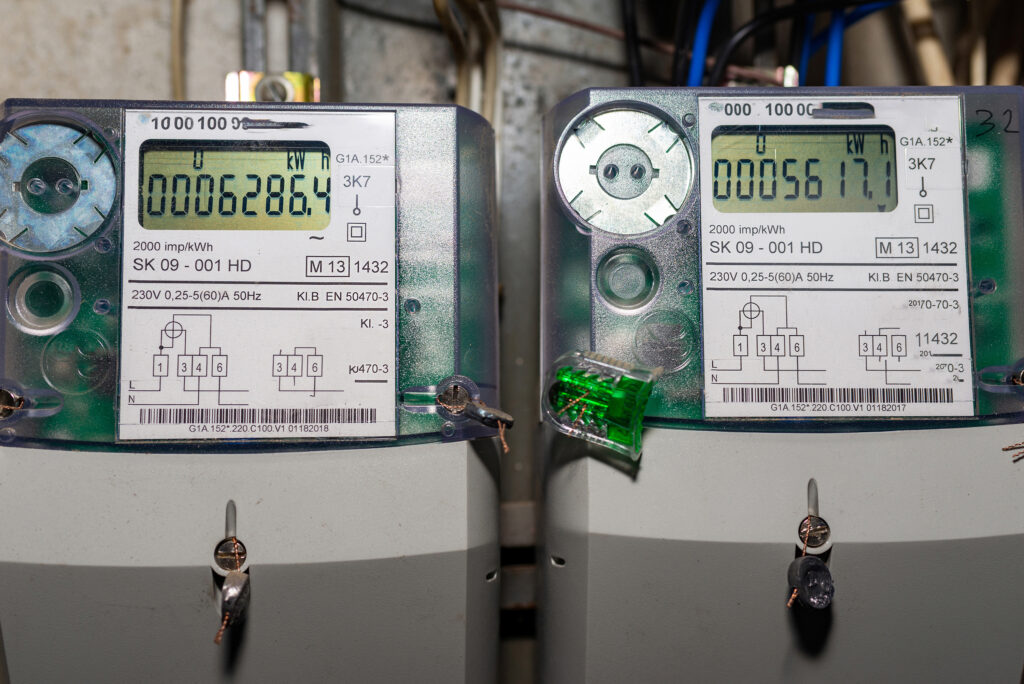



Solar tax credits and rebates significantly impact the renewable energy landscape, making solar energy solutions more appealing to consumers. Understanding which components qualify for these benefits can empower individuals and businesses to take advantage of these incentives.
What are Solar Tax Credits?
Solar tax credits, often referred to as the Investment Tax Credit (ITC), allow consumers to deduct a percentage of their solar system costs from their federal taxes. This initiative aims to reduce the upfront costs associated with solar energy installations, making cleaner energy more accessible. As of now, the ITC offers a 26% deduction for 2023, gradually decreasing in the coming years unless further legislation extends the benefits.
Eligible Equipment for Solar Tax Credits and Rebates
In general, homeowners and businesses must install eligible solar energy systems to qualify for these credits. Here’s an overview of the equipment that typically qualifies for solar tax credits:
-
Solar Panels: Photovoltaic (PV) panels that convert sunlight into electricity are the backbone of any solar installation. To qualify for tax credits, these panels must be new and installed in the United States.
-
Solar Inverters: These devices convert the direct current (DC) produced by solar panels into alternating current (AC), which is usable by most appliances. Inverters are essential for any solar system and are typically included in the overall cost eligible for the tax credit.
-
Solar Batteries: With the growing interest in energy storage, batteries that store energy for later use also qualify for tax credits as long as they are part of a solar installation. This can help maximize efficiency and energy independence.
-
Mounting Equipment: The structures that hold solar panels in place, ensuring they are optimally positioned to receive sunlight, are also eligible. This includes both ground mounts and rooftop mounts.
-
Solar Water Heaters: Systems that utilize solar energy to heat water for residential or commercial use can qualify under specific conditions. However, these systems must be certified by the Solar Rating and Certification Corporation (SRCC) or an equivalent entity.
-
Energy Efficiency Upgrades: While not directly part of the solar system, enhancements that improve the entire home’s energy efficiency, like advanced energy-efficient windows or insulation, may also have potential tax benefits if they exist alongside a solar installation.
How to Claim Solar Tax Credits
To claim these tax credits, one should complete IRS Form 5695 during tax filing. It is crucial to maintain documentation for all solar purchases, including receipts for components, contracts for installation, and the overall project’s final pricing.
State and Local Incentives
Apart from federal tax credits, many states offer additional rebates and incentives. These can significantly vary by location, often including rebates on energy-efficient products, solar renewable energy credits (SRECs), and property tax exemptions for solar installations. Websites such as the Database of State Incentives for Renewables & Efficiency (DSIRE) provide comprehensive information regarding local incentives.
The Role of Solar Tax Credits in Promoting Renewable Energy
Solar tax credits facilitate the transition to clean energy by reducing initial costs for consumers. This increase in affordability not only helps in individual energy savings but also contributes to a broader environmental benefit by promoting the adoption of renewable energy solutions.
Consumers keen on exploring the realm of solar energy can not only save on installation costs but also contribute to the global push for a cleaner environment. Investing in solar technology, combined with the financial incentives currently available, presents a solid opportunity for cost-saving that fosters energy independence while promoting sustainability.
Conclusion
To sum up, understanding which components of solar energy systems qualify for tax credits can significantly influence decision-making for consumers considering a solar investment. With federal incentives like the ITC, as well as potential state rebates, transitioning to solar energy becomes financially manageable.
For more insights on solar energy and other renewable options, check out these related articles:
- Understanding Solar Batteries: A Guide to Installation and Benefits
- Exploring the Benefits of Solar Tax Credits and Rebates
- The Importance of Energy Efficiency Before Going Solar
For further information on renewable energy services, visit Andromeda Energy.
For Further Detail
https://www.renewableenergyworld.com/


Leave a Reply